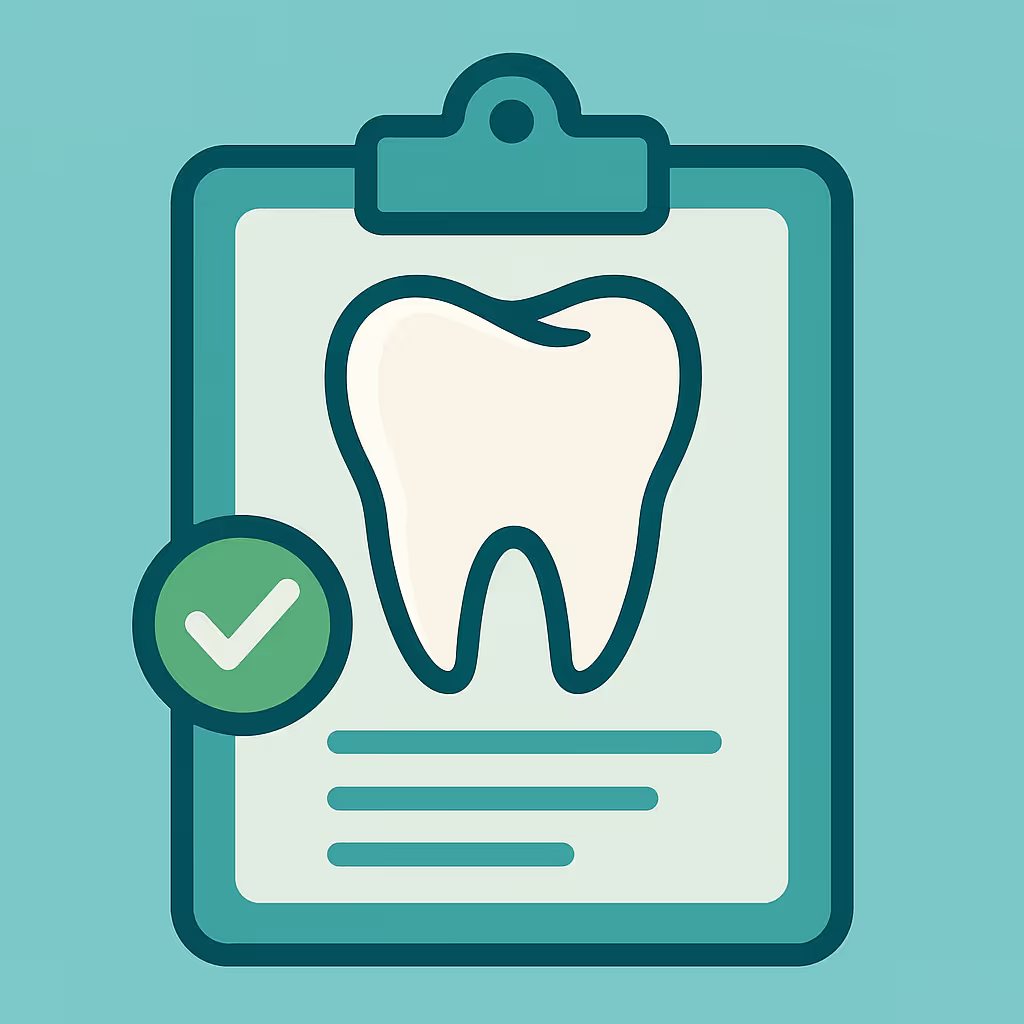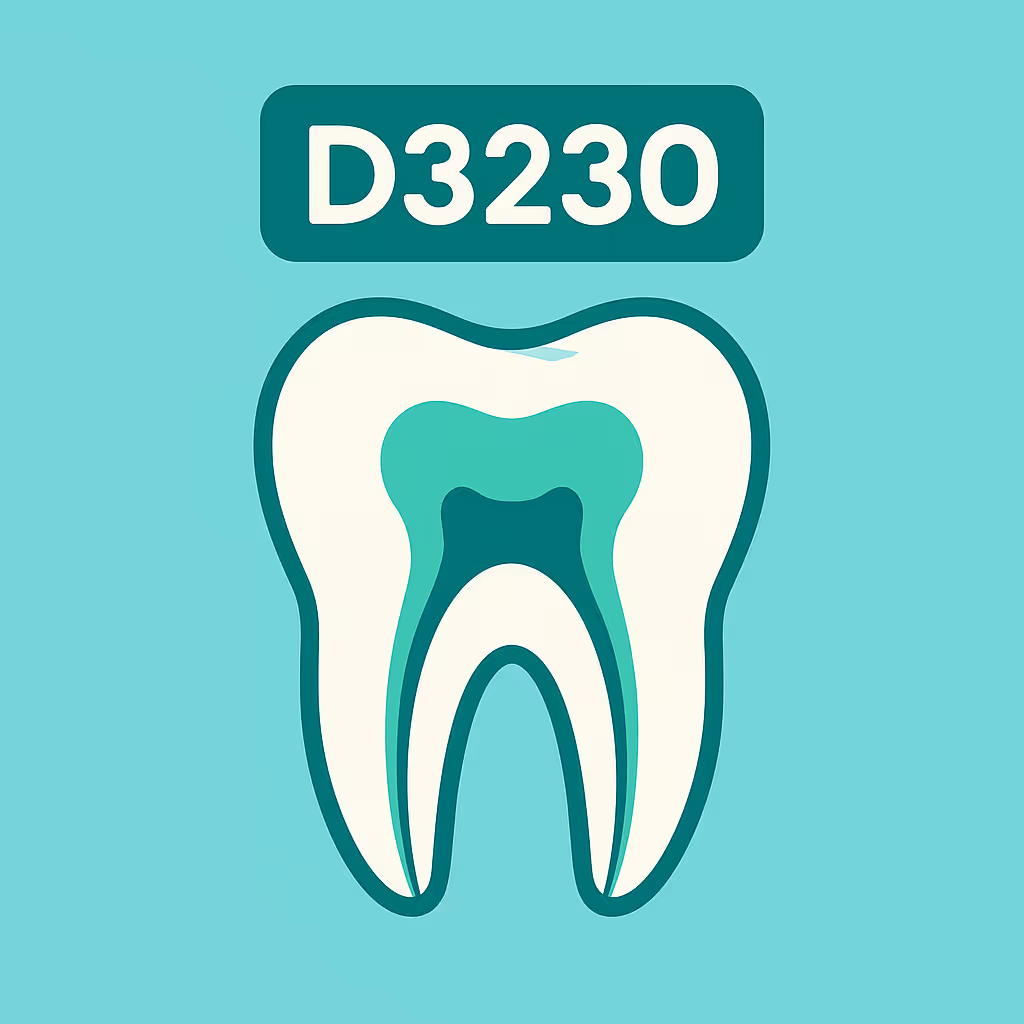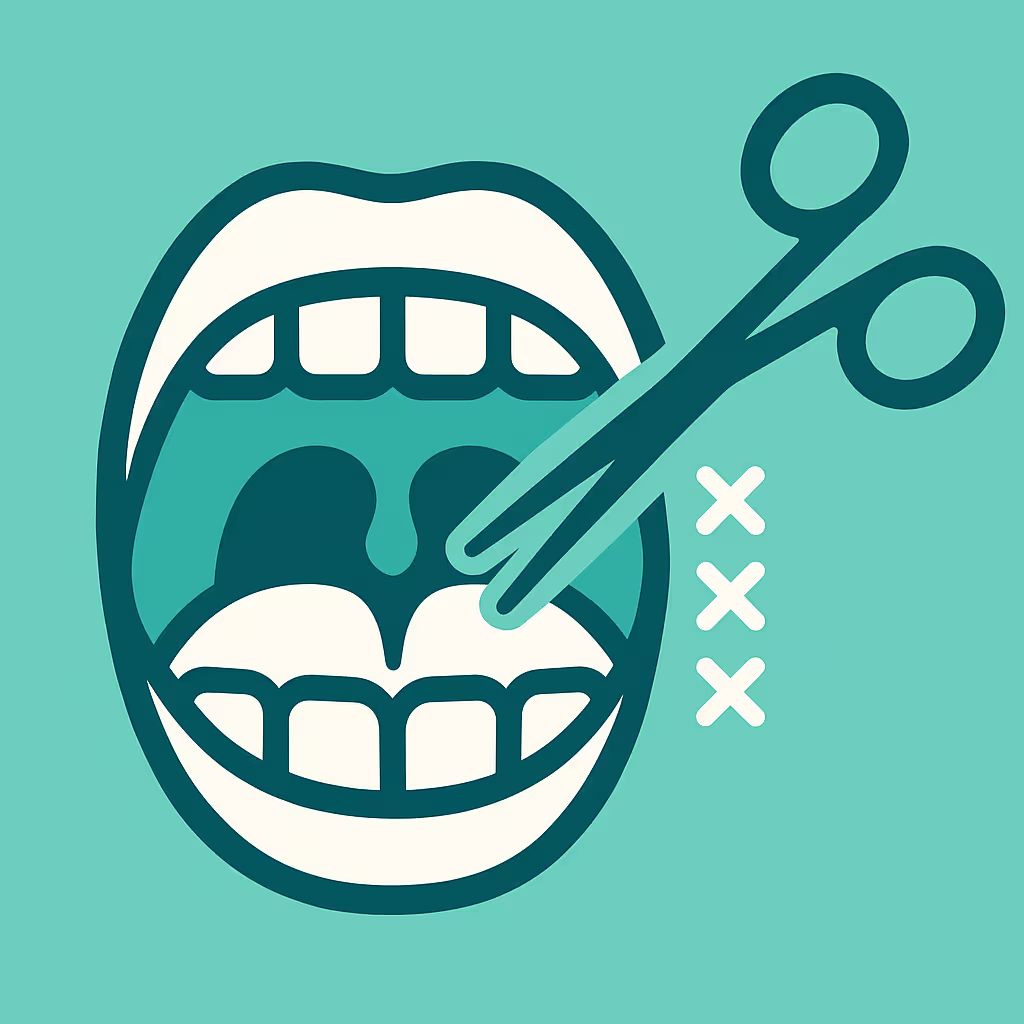Understanding Dental Code D0340
When to Use D0340 dental code
The D0340 dental code is designated for a 2D cephalometric radiographic image, including acquisition, measurement, and analysis. This CDT code is most commonly used in orthodontic and oral surgery practices, where precise craniofacial measurements are required for diagnosis, treatment planning, and progress evaluation. Use D0340 when a lateral or frontal cephalometric X-ray is performed as part of a comprehensive orthodontic assessment, surgical planning, or to monitor skeletal changes over time. It is not appropriate for routine dental X-rays or when only a panoramic image is taken—those scenarios require different CDT codes, such as panoramic radiographic image.
Documentation and Clinical Scenarios
Proper documentation is essential to justify the use of D0340. The clinical notes should clearly state the reason for the cephalometric X-ray, such as orthodontic diagnosis, evaluation of jaw discrepancies, or pre-surgical planning. Include a detailed clinical narrative, the date of image acquisition, and reference the analysis performed (e.g., tracing measurements, skeletal relationships). Common clinical scenarios include:
- Initial orthodontic records for braces or aligner therapy
- Assessment prior to orthognathic (jaw) surgery
- Monitoring growth and development in pediatric patients with craniofacial anomalies
Always retain the radiographic image and analysis in the patient’s chart, as payers may request this documentation during claim review or appeals.
Insurance Billing Tips
To maximize reimbursement and minimize denials for D0340, follow these best practices:
- Verify benefits before imaging: Confirm with the patient’s dental or medical insurer whether cephalometric radiographs are covered under their plan and if pre-authorization is required.
- Submit detailed narratives: Attach a clear explanation of medical necessity, including diagnosis codes (ICD-10), to support the claim.
- Use the correct CDT code: Do not substitute D0340 with other radiographic codes unless the clinical scenario fits. Incorrect coding can lead to claim denials or delays.
- Appeal denials promptly: If a claim is denied, review the EOB for the denial reason, gather supporting documentation, and submit a timely appeal with additional clinical justification.
Successful dental offices maintain a checklist for radiographic billing, ensuring all required information is included before claim submission.
Example Case for D0340
Consider a 14-year-old patient presenting for orthodontic evaluation. The orthodontist determines that a cephalometric X-ray is necessary to assess skeletal relationships and plan for braces. The dental team verifies insurance coverage, obtains pre-authorization, and documents the clinical rationale in the patient’s chart. The D0340 code is used on the claim, accompanied by a narrative describing the patient’s malocclusion and the need for cephalometric analysis. The claim is submitted with the image and analysis attached, resulting in prompt reimbursement with no delays.
By following these steps, dental practices can ensure accurate billing and optimal reimbursement for D0340, supporting high-quality patient care and efficient revenue cycle management.





